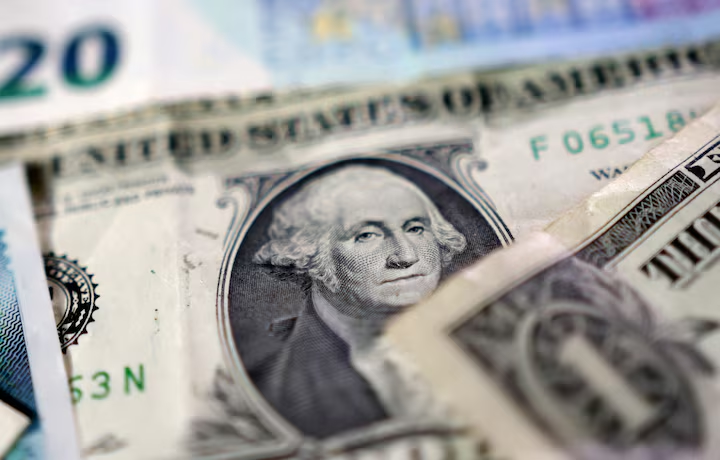The U.S. dollar remained on the defensive on Wednesday, May 21, 2025, as global currency markets braced for potential volatility tied to upcoming developments in President Donald Trump’s new tax legislation and a closely watched G7 meeting on currency coordination.
Traders are weighing the possibility that Trump’s long-anticipated tax reform package — which includes deep corporate tax cuts and incentives for U.S. manufacturers — could trigger significant capital inflows into the United States, supporting the dollar in the medium term. But for now, uncertainty over the bill’s passage and its global ramifications has kept investors cautious.
“There’s a lot of anticipation priced in, but until we see details and Congressional traction, the dollar may struggle to gain momentum,” said Masafumi Yamamoto, chief FX strategist at Mizuho Securities.
Dollar Remains Soft Across Major Pairs
The dollar index (DXY), which tracks the greenback against a basket of major currencies, held near 102.7, down slightly from earlier this week. The euro hovered near a two-month high at $1.089, while the yen strengthened modestly to 153.8 per dollar, aided by reports that Japanese officials are considering currency market intervention.
Meanwhile, the British pound edged higher to $1.275, as strong UK inflation data dampened expectations of near-term rate cuts by the Bank of England.
G7 Finance Ministers Meeting in Spotlight
The dollar’s next move may hinge on the outcome of this week’s Group of Seven (G7) finance ministers’ meeting in Stresa, Italy, where currency alignment and intervention risk are on the agenda. Officials from the U.S., Japan, and Europe are expected to discuss the volatility in foreign exchange markets and concerns about the dollar’s strength hurting global trade balances.
“The risk of coordinated verbal intervention is rising,” said Jane Foley, head of FX strategy at Rabobank. “Policymakers want to avoid another 1985 Plaza Accord scenario, but the tension is building.”
The Japanese yen in particular has drawn scrutiny from Tokyo, with finance minister Shunichi Suzuki reiterating that authorities are prepared to act against “excessive moves.” Traders remain wary of sudden interventions if the yen weakens past 155 per dollar.
U.S. Tax Policy and FX Markets
President Trump’s proposed tax bill is widely seen as a potential game-changer for the U.S. economy. It includes provisions for:
- 15% corporate tax rate
- Repatriation incentives for U.S. multinationals
- Tax holidays on capital expenditures
- Expanded tariff breaks for companies relocating manufacturing to U.S. soil
If passed, analysts believe the bill could boost the dollar by attracting foreign investment and strengthening U.S. growth prospects. However, there are concerns that the policy may also widen the fiscal deficit and provoke currency tensions with key trade partners.
“It’s a double-edged sword,” said Marc Chandler, managing director at Bannockburn Global Forex. “Short-term inflows could boost the dollar, but long-term imbalances might fuel protectionist pushback.”
Market Outlook
With the Federal Reserve still signaling caution and inflation moderating, currency markets remain sensitive to policy signals. The Fed’s next policy meeting is scheduled for early June, and many expect officials to stay on hold until the tax bill’s impact becomes clearer.
Meanwhile, emerging market currencies — particularly those tied to commodity exports — remain volatile due to rising geopolitical tensions and fluctuating global oil prices. The Brazilian real and Mexican peso both posted modest losses amid regional uncertainty and trade concerns.
What to Watch
- Trump’s tax bill progress in Congress
- G7 statements on FX coordination or intervention
- Fed commentary on rate path and dollar impact
- Yen and euro responses to policy developments
- Emerging market central bank actions in response to dollar shifts
As global leaders meet and Washington pushes forward with aggressive tax changes, currency markets are entering a pivotal moment. Whether the dollar strengthens or stumbles next may depend less on economic data and more on political execution and global coordination.
Source; Reuters



